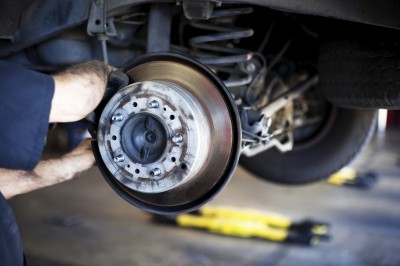
How to Save Money on Brakes


Check out this 2015 FIAT 500 Sport 2dr Hatchback.
2015The exterior design blends coupe-like proportions with a tasteful fit and finish. A dynamic stance, wind-swept profile, finely sculpted curves and aggressive wheel-to-body proportions result in a sophisticated road presence.
We know that you have high expectations, and we enjoy the challenge of meeting and exceeding them! Click here to learn more.
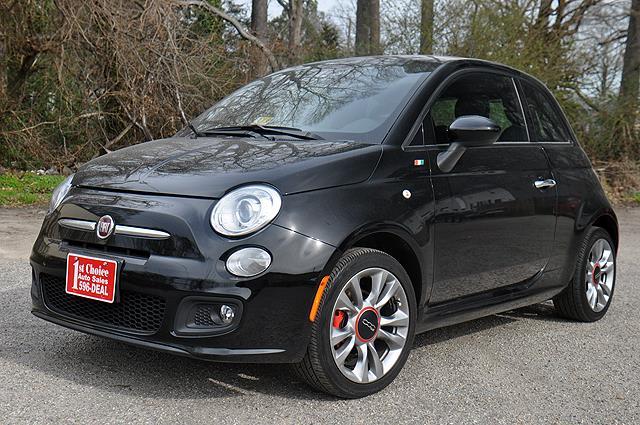
Discerning drivers will appreciate the 2015 Volkswagen Passat
Packed with features and truly a pleasure to drive! This model accommodates 5 passengers comfortably, and provides features such as: power front seats, turn signal indicator mirrors, and 1-touch window functionality. It features an automatic transmission, front-wheel drive, and a refined 6 cylinder engine.
We provide ourselves on providing excellent customer service. Stop by our dealership or give us a call for more information. 757-679-CARS
1st Choice Auto Sales
11306 Jefferson Ave, Newport News, VA 23601
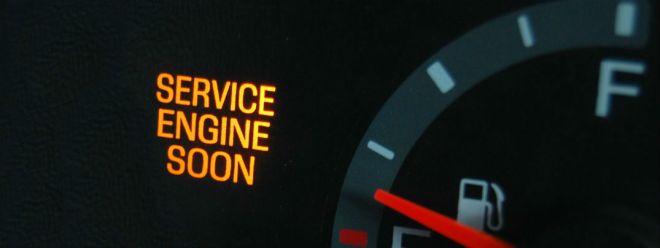
It’s not always easy to recognize when your vehicle is suffering from engine damage as symptoms can be overlooked and seen as “normal.” While not all sounds and smells may threaten the life of your engine, there are some obvious warning signs that require a vehicle inspection right away.
Early diagnosis of engine damage can most likely be treated, but it is important to be aware of potentially damaging symptoms and have the vehicle inspected if something doesn’t seem right. By acting quickly and making necessary repairs as soon as possible, you could be saving yourself from the cost and hassle of breaking down along the road.
One of the signs of engine trouble is an illuminated check engine light. This light indicates that a vehicle system, such as the ignition, fuel injection or emission control, is not operating properly, even if the vehicle appears to be running normally. Ignoring the check engine light can negatively impact your fuel economy or cause damage resulting in more costly repairs.
Many motorists are familiar with the noises their vehicles make on a daily basis. However, any noise that is new, different or suspicious may indicate a problem, including a high-pitched squeal, grinding or thumping. Sounds under the hood, such as hissing, can also indicate that your vehicle is in need of attention.
Although all cars burn fossil fuels that create undesired emissions, these odors should remain outside of the car. Unusual smells that could signal engine damage include: burnt rubber, hot oil, gasoline, sweet smell of syrup, burning carpet and rotten eggs. When you smell any peculiar odor, you should not ignore it.
Another symptom of engine damage is excessive amounts of smoke or steam. Although some smoke is normal, excessive amounts of dark smoke in particular indicates that oil is leaking into the combustion chamber and is being burned along with the gasoline.
The new infographic from the Car Care Council outlines six car smells that could mean trouble for your vehicle. The infographic is based off a recent press release titled “Six Vehicle Warning Signs Your Nose Can Recognize” and a non-technical approach to understanding when something may be wrong with your car.
Remember, once you know what a smell may be, don”t delay in fixing it to ensure you are safe on the road.
 he road!
he road!
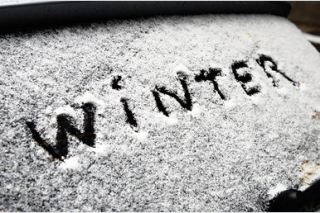 Winterizing your vehicle is a wise idea, says the Car Care Council. An investment of an hour or two to have your vehicle checked is all it takes to have peace of mind and help avoid the cost and hassle of a breakdown during severe weather.
Winterizing your vehicle is a wise idea, says the Car Care Council. An investment of an hour or two to have your vehicle checked is all it takes to have peace of mind and help avoid the cost and hassle of a breakdown during severe weather.
“The last thing any driver needs is a vehicle that breaks down in cold, harsh winter weather,” said Rich White, executive director, Car Care Council. “A vehicle check before the temperatures drop is a sensible way to avoid the inconvenience of being stranded out in the cold and with the unexpected expense of emergency repairs.”
The Car Care Council recommends the following nine steps for winterizing your vehicle.
Motorists should also keep the gas tank at least half full at all times to decrease the chances of moisture forming in the gas lines and possibly freezing. Drivers should check the tire pressure of the spare in the trunk and stock an emergency kit with an ice scraper and snowbrush, jumper cables, flashlight, flares, blanket, extra clothes, candles/matches, bottled water, dry food snacks and needed medication.
 It’s never too early to learn the ABCs of car care, says the Car Care Council.
It’s never too early to learn the ABCs of car care, says the Car Care Council.
A – Always follow a preventative vehicle maintenance plan.
B – Be sure to have your car inspected when you suspect there is a problem.
C – Correct the problem to help avoid the inconvenience and potential safety hazards of breaking down away from home.
“Most young people can’t wait to drive, but their car care education should begin well before their parents hand over the keys,” said Rich White, executive director, Car Care Council. “Understanding the basics of car care before taking the wheel will help keep new drivers safer on the road.”
The Car Care Council recommends that new drivers keep a free copy of its popular Car Care Guide in the glove box and learn about 10 car care inspection procedures that are an important part of any preventative vehicle maintenance plan:
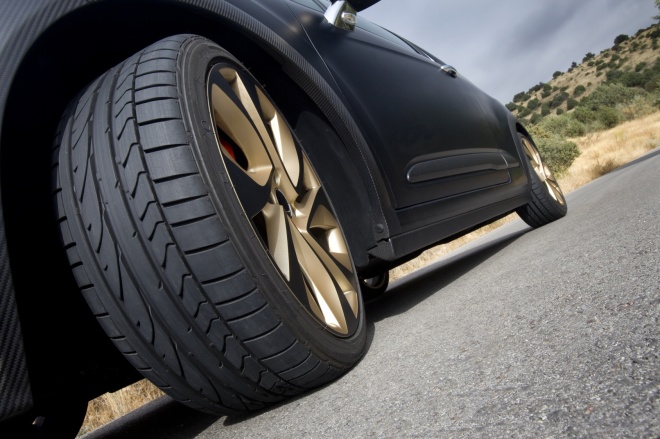
Everybody wants a little more bang for their buck, and similarly – when it comes to automobiles and driving – everybody wants to be as safe as possible.
Well there is one aspect of your vehicle that can be manipulated into achieving both of those goals at once! Proper tire maintenance can prolong the life of the tire treads by as much as 50%, according to industry leaders, and not only does that mean that you will have to replace your tires less often, but your vehicle will operate at peak performance longer and at the highest standards for safety.
Moreover, not only will maintaining your tires lead to more money in your pocketbook, but it also helps to increase the overall life of your vehicle’s engine and is healthier for the environment!
In order to maximize the life of your tires, you need to take the time to maintain proper inflation levels and be mindful of any unusual tire tread wear and over the life of those tires, thousands and thousands of miles will be gained, not to mention countless extra trips to the gas station.
Here are a handful of tire maintenance considerations that virtually any driver can make in order to prolong their utility and safety:
The biggest issue regarding tires on the road right now is under-inflation. Not only do under inflated tires pose a safety risk, but underinflated tires run hotter than normal, leading to quicker and more abnormal tread wear. Industry leaders say that underinflated tires can cost you up to a mile per gallon in fuel efficiency (think of how much $$$ that is over the course life of your vehicle) not to mention that it can cause your vehicle to handle in a dangerous fashion and could possibly lead to tire blowouts.
Savvy drivers are constantly checking their tire pressure to guard against under-inflation, but sometimes if they aren’t careful, they can be causing extra harm to their vehicle. Over-inflation just might be more dangerous than under-inflation. Overinflated tires are more prone to blowouts, and the tread wears out in even quicker fashion than with poorly inflated tires.
Sometimes you can maintain pitch-perfect tire inflation, but still witness abnormal tire wear or other issues that diminish the life of your tires. These are most likely due to an issue with in or around your vehicle’s chassis. For instance, cupping and feathering wear often begins to show when a vehicle’s suspension is misaligned. Other issues that can lead to inconsistent tire performance include bad shock absorbers, struts and out-of-balance tires. Your best bet is to make sure you keep an eye on your tires for abnormal wear patterns, and if you observe anything out-of-the ordinary, quickly get to a mechanic to get your alignment inspected.
Taking the time to check in and take care of your tires is one of the investments you can make. It’s good for you, your bank account, and the environment. It’s a no-brainer. Devote a few minutes each week to tire safety diligence, and you will be repaid in a plentiful fashion over the course of your tires life!